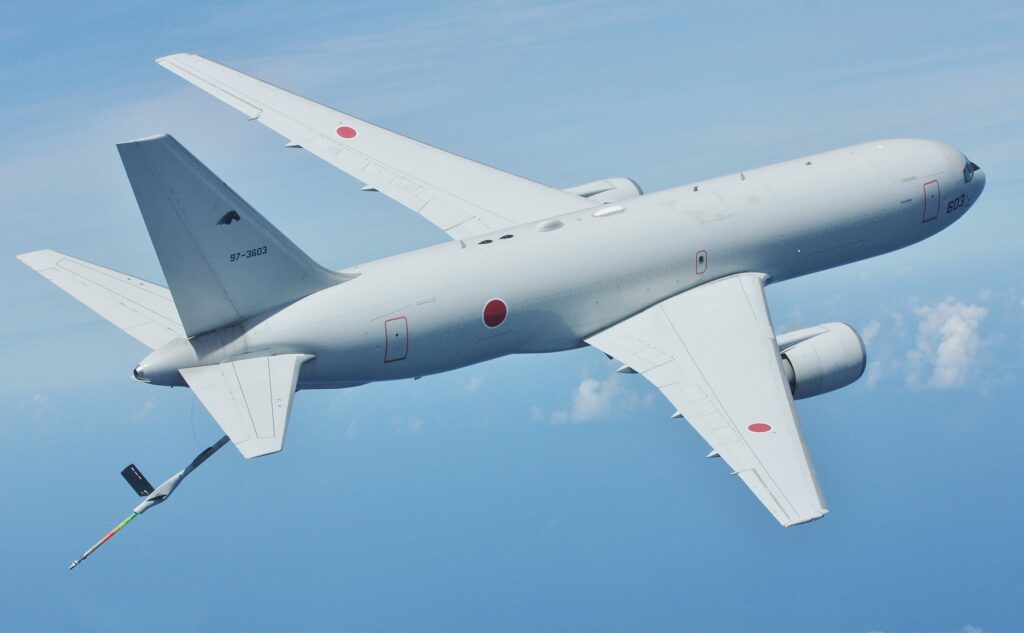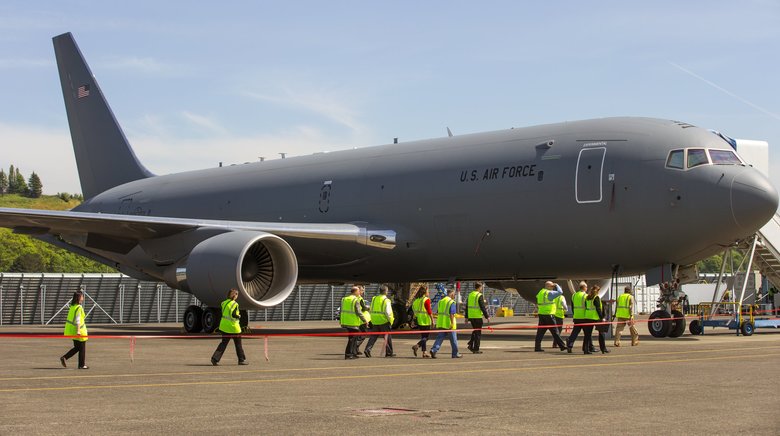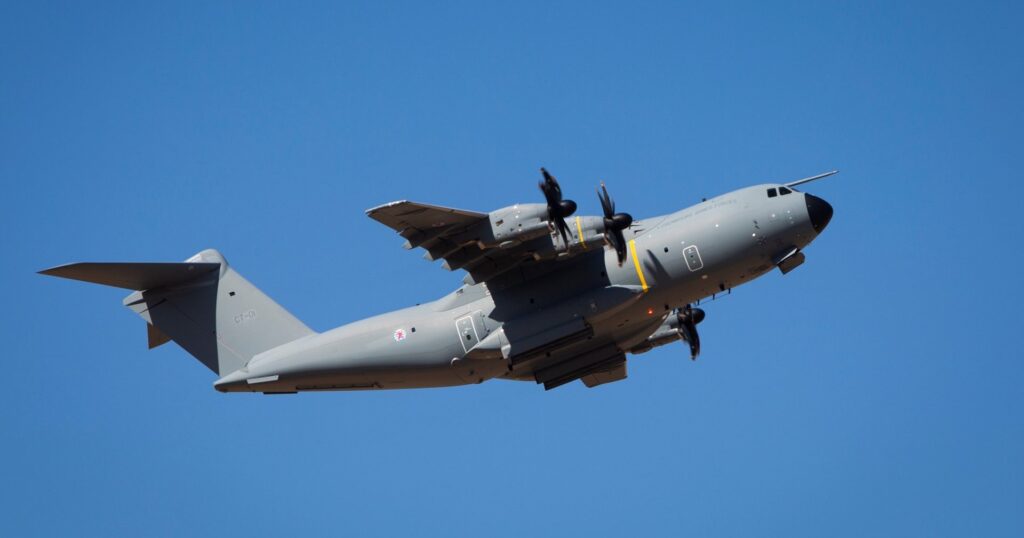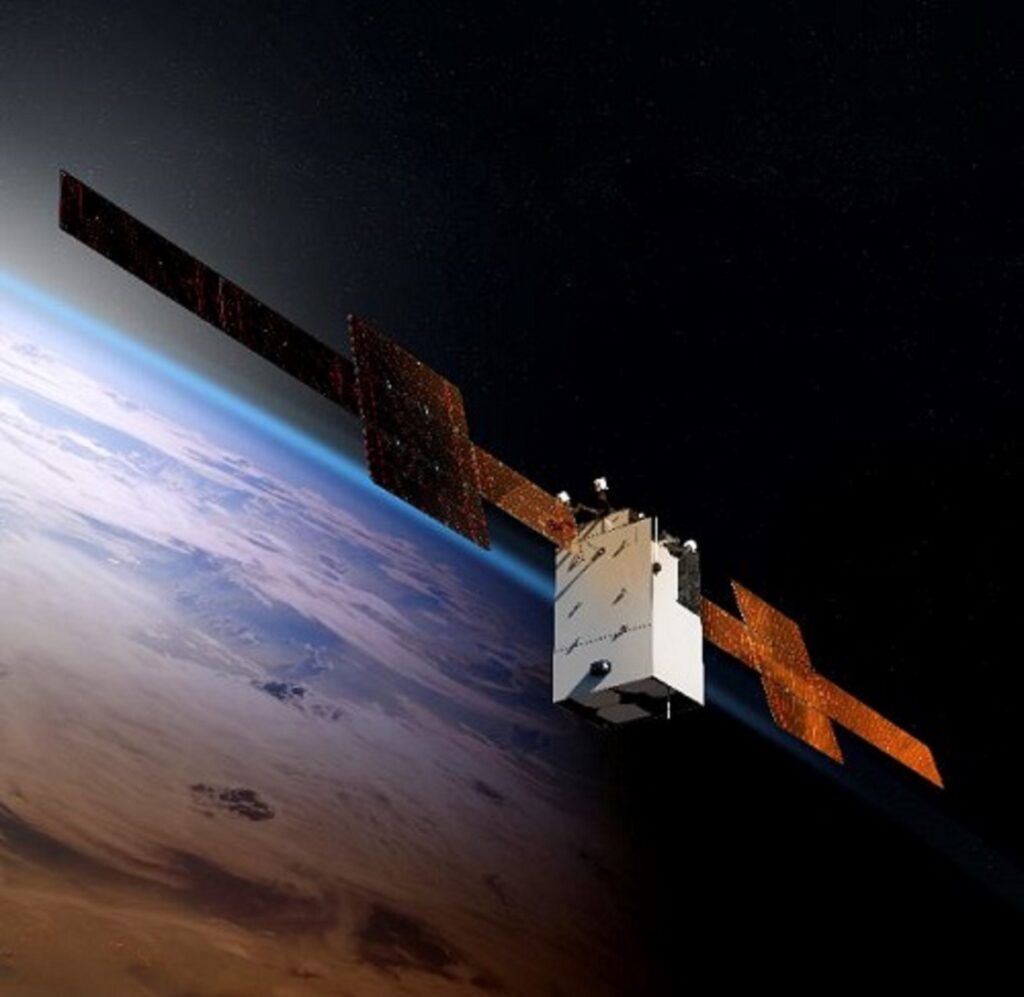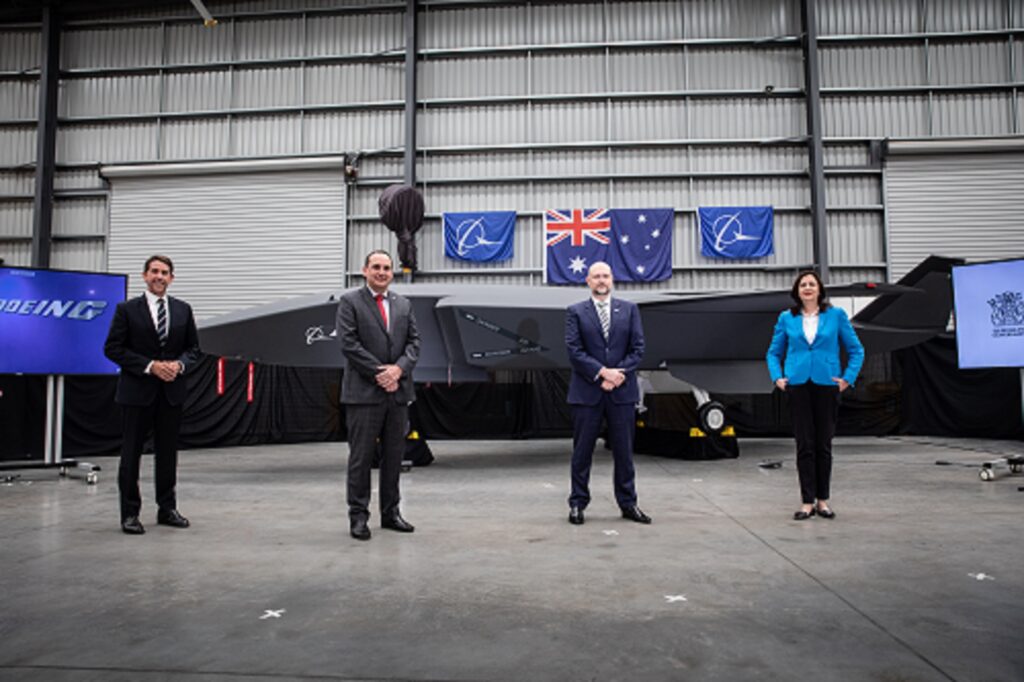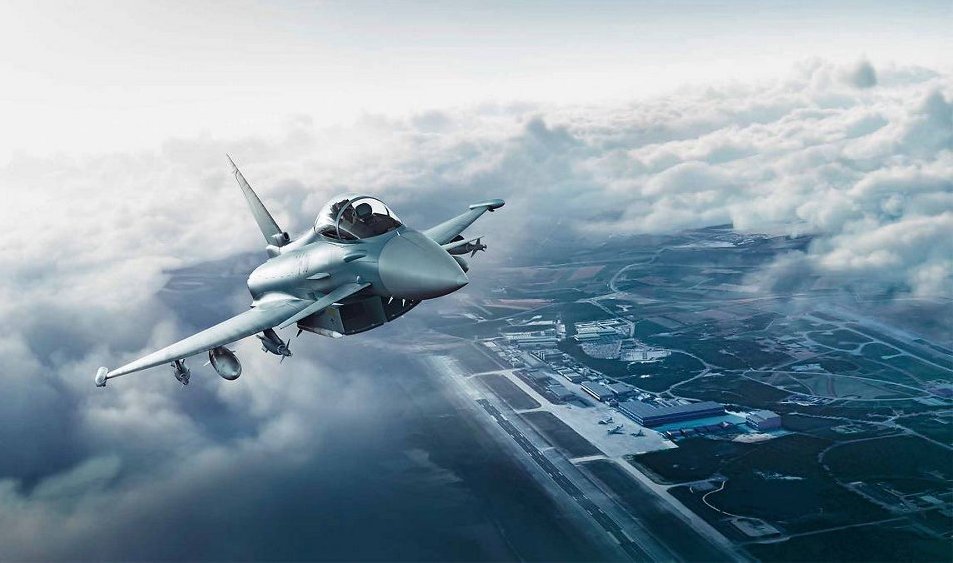Boeing Wins Contract for Two More KC-46 Tankers for Japan
The U.S. Air Force has exercised the option for the Japan Air Self-Defense Force’s (JASDF) third and fourth Boeing [NYSE: BA] KC-46 tanker through the Foreign Military Sale (FMS) process. “Japan’s new tankers will play…
